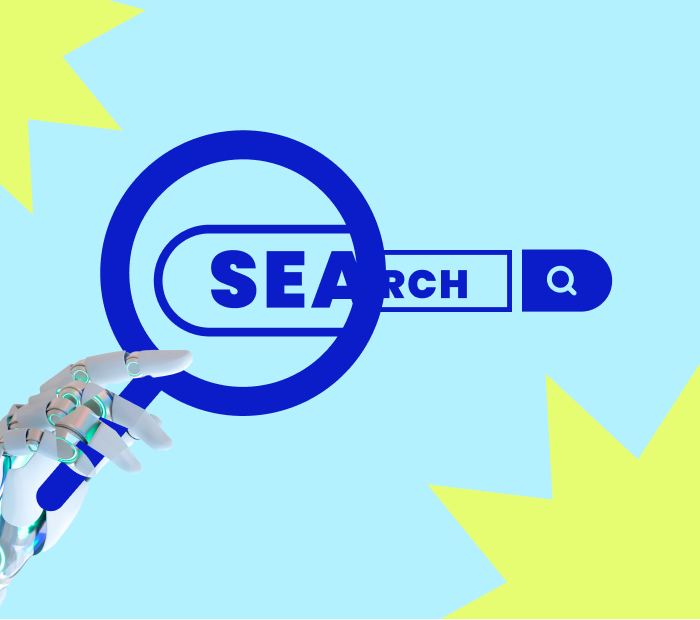
Overview of Domain Names
Definition and Purpose
A complete domain name structure has three parts:
- Top-Level Domain (TLD): The TLD is the last part of a domain name, following the final dot. Common TLDs include “.com” (commercial), “.org” (organisation), “.net” (network), and country-specific TLDs such as “.au” (Australia) or “.us” (United States).
- Second-Level Domain (SLD): The second-level domain (SLD) is the part of the domain name that comes before the top-level domain. It is also known as the domain name, and it is the main part of the web address. For example, in the domain name “butterfly.com,” “butterfly” is the SLD.
- Subdomain: A subdomain is a prefix that comes before the domain name. It is used to create additional sections or parts of a website. For example, “blog.butterfly.com” is a subdomain of “butterfly.com.” Subdomains can be used to organise different website sections or create unique URLs for specific pages.
Significance of Domain Extensions
Domain extensions can contribute to a website’s credibility and trust, as specific extensions like “.com” and country-specific ones are widely recognised. Domain extensions can also indicate the industry or purpose of a website, such as “.edu” for educational institutions or “.org” for non-profits.
Country-specific domain name extensions facilitate geographic targeting, while new generic top-level domains (gTLDs) offer branding opportunities and differentiation. Additionally, domain extensions provide available options and brand protection.
Importance of Choosing the Right Domain Name
Choosing the right domain name is of utmost importance for several reasons. Here are key reasons highlighting the importance of selecting an appropriate domain name:
- Brand Identity: A well-chosen domain name establishes a strong brand identity and builds trust.
- User Experience: A clear and memorable domain name improves user experience and accessibility.
- Search Engine Optimisation (SEO): Relevant keywords in a domain name can improve search engine rankings.
- Credibility and Trust: A professional domain name enhances credibility and instils trust in visitors.
- Brand Consistency: A consistent domain name across online presence reinforces brand consistency.
- Offline Promotion: A memorable domain name facilitates offline promotion and easy recall.
- Future Scalability: Choosing a flexible domain name allows for future growth and expansion.
Factors Affecting Domain Name Costs
Similar to website hosting costs, various factors can affect the cost of domain names, which can sometimes catch individuals or businesses off-guard. Considering these can help you decide on your domain purchase.
Domain Renewal Pricing
When you get a domain, you have to renew it annually. The extension you picked for your domain can affect the renewal price. How long you renew your domain can also change the cost. If you renew for multiple years, you might get a discount.
Domain Name Value Estimation
The value of a domain name is based on things like how easily it is remembered, how long it is, and its extension. Valuable domain names are usually short, memorable, and relevant to the brand or industry they represent. An example of a valuable domain name would be “shoes.com” rather than “bestsneakerstoreonline.com.”
SSL Certificate Renewal
SSL stands for Secure Socket Layer, which is a cryptographic protocol that ensures secure communication between a user’s web browser and a website’s server. It provides an encrypted connection, safeguarding sensitive data such as login credentials, credit card information, and other personal details from potential threats like hackers and identity thieves. SSL certificates are required to establish this secure connection, and they need to be renewed periodically to maintain the integrity of the encryption.
SSL certificate renewal is essential because certificates have a limited validity period, usually ranging from one to three years. Renewing the SSL certificate ensures that the website remains secure and trusted by visitors, as an expired certificate can lead to warning messages and a loss of user confidence in the site’s security.
Plan Your Web Design Journey With Butterfly
Need help with web design? Choose Butterfly, the leading website development agency in Melbourne. We will guide you through the entire process, from choosing premium domain names that align with your brand to crafting visually stunning websites. Start planning your web design journey today, and let Butterfly transform your online presence into a captivating digital experience.
Contact us at +61 3 9009 9600 to get started!
Domain Name Cost FAQs
How much does a domain cost in Australia?
The registration cost for a “.com.au” (TLD for Australian domain) ranges from AUD 20 to AUD 50 per year.
How should I choose my domain name?
Remember that your domain name is a long-term investment, so take your time, conduct extensive research and select a domain name that best represents your business.
How long can you keep a domain name?
You can own a domain name as long as you renew it. Registrations usually last from one to ten years, depending on the registrar and the terms you selected during initial registration.
Can I transfer my domain to a different registrar?
You can transfer your domain to a new registrar. This lets you move your domain name while still owning and controlling it.
What kind of website maintenance tasks can I perform myself?
There are several website maintenance tasks that website owners can perform themselves without the need for professional assistance. Performing these tasks can help to keep your website running smoothly and efficiently and also save you money on website maintenance costs.
Here are some website maintenance tasks that you can perform yourself:
- Updating website content to improve user engagement and search engine rankings.
- Backing up website data to avoid data loss.
- Updating of website software, including the content management system and plugins; however automatic updates without taking the proper steps to ensure extension compatibility might result in undesired behaviour.
- Check the website for broken links to prevent user from running into error messages.
- Reviewing website security and ensuring that passwords and user access management are up-to-date to prevent security breaches.
- Taking caution when connecting to public WiFi connections.




